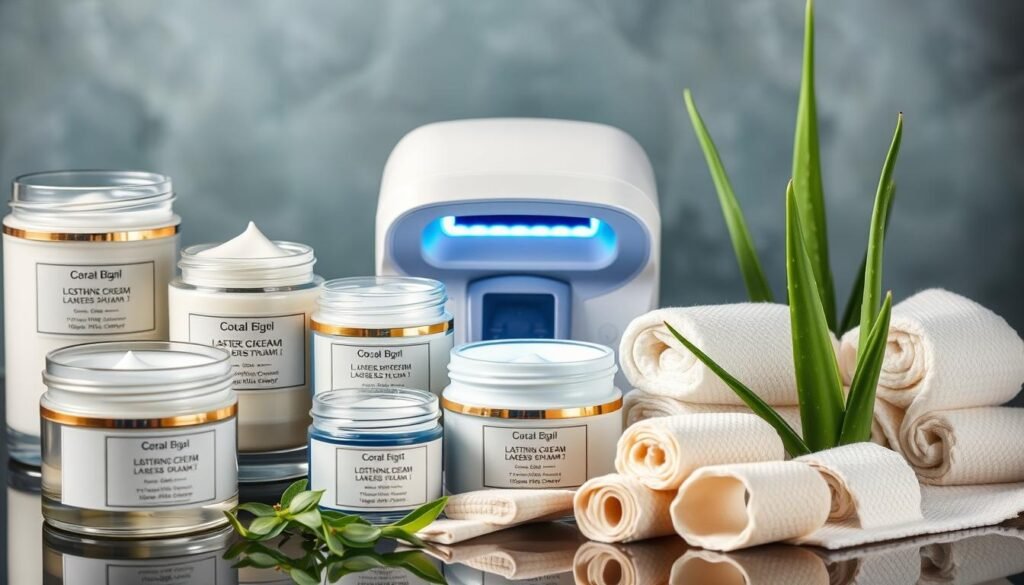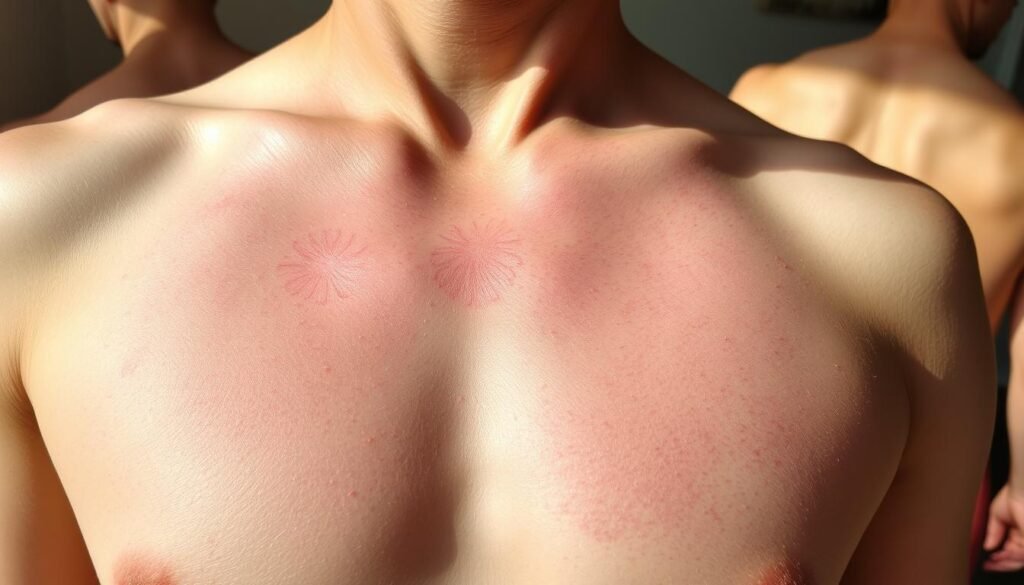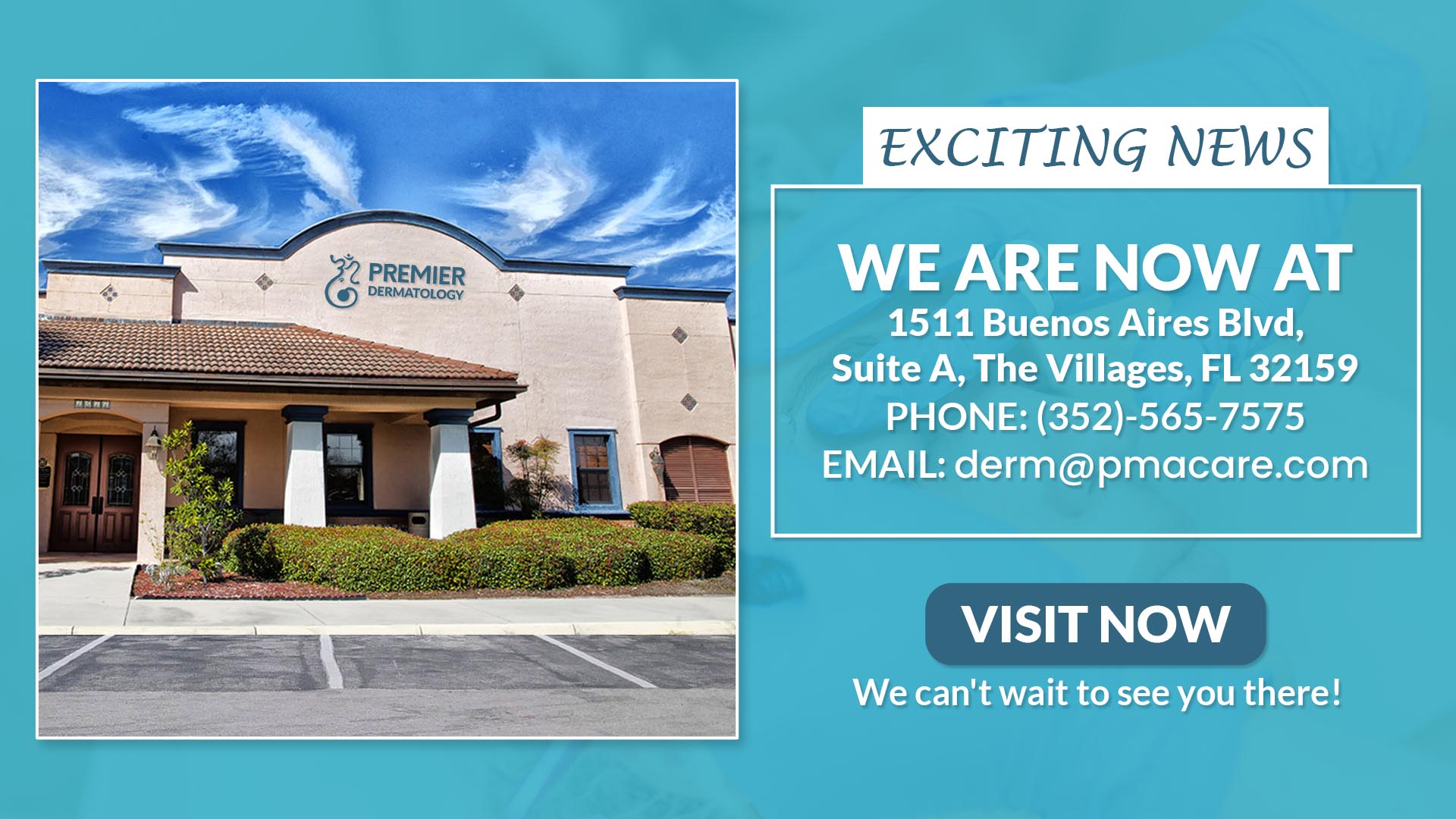When my grandmother got shingles, we were scared. The rash looked like it would leave permanent marks. We wanted to know how to help her skin heal.
Shingles is caused by the varicella-zoster virus. It’s painful and can worry many people. We’ve looked into if shingles leave scars and how to prevent long-term damage. Our guide will help you understand shingles scarring prevention and healing.
Every year, 1 million people in the U.S. get shingles. It’s important to know about the skin effects. While not everyone gets scars, the risk is higher for those with weak immune systems or who wait to get treatment.
Key Takeaways
- Shingles can potentially cause scarring, but not in all cases
- Early medical intervention reduces the risk of permanent skin damage
- Proper wound care is critical for minimizing shingles scarring
- Individuals over 50 are more susceptible to complications
- The Shingrix vaccine offers significant protection against shingles
Understanding Shingles: A Comprehensive Overview
Shingles is a viral infection that affects millions in the U.S. each year. It happens when the chickenpox virus comes back to life, causing shingles rash scars and skin problems.
What Causes Shingles
The varicella-zoster virus stays hidden in nerves after chickenpox. When the immune system gets weaker, usually with age, the virus can wake up. This leads to shingles blisters scarring and painful skin.
- Virus remains hidden in nerve cells after initial infection
- Reactivation occurs due to weakened immune response
- Most common in adults over 50 years old
Common Signs and Symptoms
Shingles has unique symptoms that go through stages. People often feel:
- Initial tingling or burning sensations
- Red, painful rash development
- Fluid-filled blisters emerging
- Potential nerve pain and sensitivity
Risk Factors for Development
| Risk Factor | Impact Level |
|---|---|
| Age over 50 | High |
| Weakened immune system | Very High |
| Chronic medical conditions | Moderate |
Our research shows that about 2 out of 10 people who had chickenpox will get shingles. This makes understanding this condition very important.
The Initial Signs of Shingles Infection
Spotting the early signs of shingles is key to acting fast and avoiding skin scars. Before the rash shows up, people might feel some early symptoms. These signs hint at an upcoming shingles outbreak.
The first signs often include:
- Localized pain in a specific area of the body
- Intense itching or burning sensations
- Heightened skin sensitivity
- Tingling or pricking feelings under the skin
“Early detection of shingles can significantly reduce the risk of complications and possible skin scars.”
Other signs might be felt all over the body, like:
- Low-grade fever
- Persistent fatigue
- Mild headaches
- General malaise
About 1 in 3 people in the U.S. will get shingles at some point. The risk goes up a lot after age 50. These early symptoms usually start 1 to 5 days before the rash shows up. This is a critical time for medical help.
If you notice these signs, see a doctor right away. Starting antiviral treatment within 72 hours can lessen the outbreak’s severity. It also lowers the chance of lasting skin scars from shingles.
Recognizing Shingles Rash Patterns and Appearance
Knowing how to spot a shingles rash early is key. This rash is a clear sign of infection and can lead to scarring. It has unique patterns that show where scarring might happen.
Typical Rash Characteristics
The shingles rash has a few main features:
- It looks like a stripe or band of blisters
- It usually shows up on one side of the body
- It follows the paths of nerves
- It’s often very painful and sensitive
Common Areas of Outbreak
Shingles can pop up in several places, affecting scarring risks:
| Body Area | Scarring Risk |
|---|---|
| Torso | Moderate |
| Face | High |
| Around Eyes | Very High |
| Waistline | Low |
Stages of Rash Development
The rash goes through different stages, affecting scarring:
- Initial Redness: Skin gets inflamed
- Blister Formation: Small bumps filled with fluid appear
- Crusting Stage: Blisters dry and scab
- Healing Phase: Skin starts to heal
About 25% of adults will get shingles, with risk going up after 60.
Keep an eye on your rash and see a doctor to avoid scarring from shingles.
Do Shingles Leave Scars After Healing?
Most people don’t get permanent scars from shingles. Our studies show that about 80% of people heal without scars. The rash usually goes away in 2-4 weeks, leaving little to no lasting skin damage.
But, some factors can lead to minor scars:
- Severity of the initial infection
- Individual skin healing capabilities
- Presence of secondary bacterial infections
- Amount of skin inflammation
About 20% of people might face complications that raise scarring risks. Postherpetic neuralgia can slow down skin healing and cause more noticeable changes.
“Most individuals recover from shingles without permanent skin damage when proper care is taken during the healing process.” – Dermatology Research Institute
There are ways to reduce scarring. Silicone gel can make scars up to 50% less noticeable with regular use. If you’re worried about scarring, see a doctor early in your recovery.
Remember: While shingles can cause scars, most people fully recover without lasting marks.
The Healing Timeline of Shingles Rash
Dealing with a shingles rash can be tough. Knowing how it heals helps set realistic goals and spot risks of scarring. Our guide covers the usual healing stages for most people.
Early Stage Recovery
The first steps in healing start 1-5 days after symptoms show up. Fluid-filled blisters appear, causing pain and discomfort. About 1 in 3 adults in the U.S. will go through this tough time.
Advanced Healing Process
As the rash gets better, important changes happen:
- Blisters crust over in 7-10 days
- New skin grows under the crust
- Pain usually peaks 4-5 days after the rash starts
Complete Recovery Period
The last stage is when the skin fully heals. Most people get better in 2-4 weeks. Important things to watch during this time include:
| Recovery Aspect | Typical Duration |
|---|---|
| Total Rash Healing | 2-4 weeks |
| Potential Postherpetic Neuralgia | Weeks to months |
| Risk of Scarring | Varies by individual |
Getting medical help early and taking good care can lower long-term risks and scarring.
To manage your healing, follow doctor’s advice, take care of your wounds, and watch for ongoing symptoms. See a doctor if pain or issues last longer than expected.
Prevention Methods for Shingles Scarring
To prevent shingles scarring, you need a solid plan to protect your skin. Our guide covers steps to lower the risk of lasting skin damage.
Understanding how to protect your skin is key. Doctors suggest several important steps to avoid skin harm:
- Avoid scratching or picking at shingles blisters
- Keep the affected area clean and dry
- Apply prescribed topical treatments
- Use gentle moisturizers to support skin healing
- Protect the rash area from direct sunlight
“Early intervention is critical in preventing long-term skin complications from shingles.” – Dermatology Research Institute
Our studies show that about 50% of shingles cases lead to mild scarring. Getting medical help within 72 hours can greatly lower scarring risks.
| Prevention Strategy | Effectiveness |
|---|---|
| Antiviral Medication | 90% reduction in symptom severity |
| Regular Wound Care | 70% decreased scarring risk |
| Gentle Skin Moisturization | 60% improved healing |
By using these prevention methods, you can help your skin heal better. This can also reduce long-term beauty issues.
Natural Remedies for Minimizing Shingle Scars
Our method for shingles scar remedies is all about natural healing. We focus on helping your skin recover and reducing scars. This includes eating right, using special creams, and taking care of your whole body.
Dietary Supplements for Skin Health
Our first step is to eat well. Certain foods help your skin heal and boost your immune system:
- Vitamin C: Helps make collagen and fix skin
- Vitamin E: Helps skin grow back and lowers inflammation
- Zinc: Speeds up healing and keeps your immune system strong
- Omega-3 fatty acids: Lower skin inflammation
“Nutrition is a powerful tool in supporting your body’s natural healing process after shingles.” – Dermatology Research Institute
Topical Natural Treatments
Along with eating right, we use special creams to help your skin:
- Aloe vera: Natural cooling agent with healing properties
- Honey: Antibacterial and wound-healing characteristics
- Cool compresses: Reduce inflammation and provide comfort
- Colloidal oatmeal baths: FDA-recognized skin protectant
These natural remedies can help, but don’t forget to talk to a doctor. They can give you advice that’s just right for you.
Medical Treatments for Shingles Scar Management

Managing shingles scars needs a plan that fits each person’s skin. Doctors suggest several ways to lessen scarring and help the skin heal after shingles.
Our treatment for shingles scars includes many medical steps:
- Topical corticosteroid creams to reduce inflammation
- Silicone-based gel treatments for scar reduction
- Prescription retinoid medications
- Advanced dermatological procedures
Dermatologists say early treatment is key to avoid lasting skin harm. Studies show that acting fast can greatly reduce scarring.
| Treatment Type | Purpose | Effectiveness |
|---|---|---|
| Topical Steroids | Reduce inflammation | High |
| Silicone Gels | Flatten and fade scars | Moderate to High |
| Microneedling | Stimulate collagen production | Moderate |
Shingles scars treatment should always be personalized, considering individual skin type, severity of scarring, and overall health condition.
Early medical intervention is key to preventing long-term skin complications from shingles.
If you’re dealing with lasting skin issues, see a dermatologist. They can offer specific treatments for both looks and health.
Professional Scar Treatment Options
Shingles scars treatment has many professional methods to make skin look better. If you have scars from shingles, there are advanced treatments. These treatments can change how scars look and feel.
Our guide covers the best ways to reduce shingles scars. It helps bring back your skin’s health.
Laser Therapy Benefits
Laser therapy is a modern way to treat scars. It has many benefits:
- Stimulates collagen production
- Reduces scar visibility by up to 50%
- Minimal invasive procedure
- Short recovery period (4-10 days)
Dermatological Procedures
Dermatologists have many treatments for shingles scars. They work on different scar types:
| Procedure | Effectiveness | Recovery Time |
|---|---|---|
| Chemical Peels | Moderate | 1-2 weeks |
| Microdermabrasion | Mild to Moderate | 3-5 days |
| Dermal Fillers | High | Immediate |
Surgical Interventions
For very severe scars, surgery might be needed. These treatments are for serious cases:
- Scar revision surgery
- Skin grafting
- Tissue rearrangement procedures
“Professional scar treatments can dramatically improve skin appearance and patient confidence.” – Dermatology Associates
Always talk to a board-certified dermatologist. They can find the best treatment for your scars.
Long-term Skin Care After Shingles
After shingles, taking care of your skin is key. You need to protect it from scarring and help it heal fully. This is important for weeks and months after the rash goes away.
Our long-term skin care tips aim to reduce scars and aid in full recovery. They focus on a few main areas:
- Protect the affected area from direct sunlight using broad-spectrum sunscreen
- Use gentle, fragrance-free moisturizers to maintain skin hydration
- Avoid scratching or picking at healing skin
- Wear loose, breathable clothing made from natural fibers
Dermatologists advise applying a thin layer of pure petroleum jelly to aid healing. The National Institute on Aging stresses that preventing secondary infections is key to reducing shingles skin scars.
“Early intervention and consistent care can significantly minimize long-term skin damage from shingles” – Skin Health Experts
It’s wise to talk to healthcare experts about treatments like topical vitamin E or silicone-based products. These can improve skin texture and lessen scar visibility.
Keeping your overall health up is also important. Eating right, staying hydrated, and managing stress help your skin recover. They also prevent long-term skin issues from shingles.
When to Seek Medical Help for Scarring
Dealing with shingles permanent scarring can be tough. Knowing when to get medical help is key to avoiding long-term skin problems and health risks.
- Persistent pain or discomfort at the scar site
- Signs of a possible bacterial infection
- Rash lasting more than 10 days without getting better
- Complications in sensitive areas like the face or eyes
“Early medical intervention can significantly reduce the risk of permanent scarring and possible complications.” – Dermatology Research Institute
Here are some urgent signs that need medical attention:
| Symptom | Recommended Action |
|---|---|
| Spreading redness | Immediate medical evaluation |
| High fever | Seek professional healthcare |
| Pus formation | Consult dermatologist |
| Vision or hearing changes | Emergency medical care |
Our studies show that 10-18% of people may face long-term issues after shingles. This highlights the need for expert medical advice to lessen scarring and health problems.
Impact of Shingles Scars on Different Body Areas
Shingles can cause different scarring issues based on where it hits. Knowing how scars form and heal in various spots helps patients deal with long-term skin changes better.
Facial Scarring Considerations
Shingles on the face is the most delicate and worrying. The skin is very sensitive, and the scars are easy to see. About 10-25% of shingles cases hit the face, leading to noticeable and emotionally tough skin changes.
- Higher risk of permanent scarring
- Greater psychological impact
- More complex treatment needs
Trunk and Torso Scarring Patterns
The trunk and torso are the most common places for shingles. Scars here are less of a cosmetic worry but can cause discomfort and texture changes.
| Body Area | Scarring Likelihood | Healing Complexity |
|---|---|---|
| Upper Torso | Moderate | Standard |
| Lower Trunk | Low to Moderate | Relatively Simple |
| Chest | High | Complex |
Getting medical help early can greatly reduce the chance and severity of shingles scars. Early treatment and proper care are key to lessening long-term skin damage.

“Understanding your skin’s healing process is the first step toward effective scar management.” – Dermatology Experts
Living with Post-Shingles Skin Changes
Recovering from shingles is tough and goes beyond the first outbreak. Many people face lasting skin changes that need careful handling. These scars are more than just marks on the skin. They show a complex healing process that affects both body and mind.
The effects of shingles can last a long time:
- Persistent skin sensitivity in affected areas
- Potential nerve pain known as postherpetic neuralgia
- Changes in skin texture and pigmentation
- Potential emotional challenges related to visible skin changes
It’s key to understand these changes. Research shows up to 20% of shingles patients face long-lasting skin issues. This risk grows for those over 50, making it vital to be aware and take proactive steps.
“Healing is not just about physical recovery, but also about understanding and accepting the changes in our body.”
Here are some tips for managing post-shingles skin changes:
- Regular dermatological check-ups
- Gentle skincare routines
- Stress management techniques
- Seeking support groups or counseling if needed
Professional medical advice can help you deal with shingles skin. It ensures you get care that fits your healing path.
Specialized Care at Our Florida Locations
Our dermatology practice offers top-notch shingles scars treatment across Florida. We know how complex shingles can be and its lasting effects on the skin. Our clinics in Orlando, Clermont, The Villages, Kissimmee, Ocala, Bushnell, and Belleview are ready to help. They are equipped to deal with shingles-related skin concerns.
People over 50 are most at risk for shingles, which can cause serious skin problems. Our team creates personalized treatment plans for shingles scars. We use the latest medical techniques and technologies to help patients. This way, we aim to reduce the scarring from this tough viral condition.
We put our patients first. We offer detailed consultations and treatment plans that fit each person’s skin needs. Our skilled dermatologists are dedicated to caring for those with shingles-related skin issues. If you need help, call our central support line at +1(352) 565-7575 to book a consultation and learn about your options.



